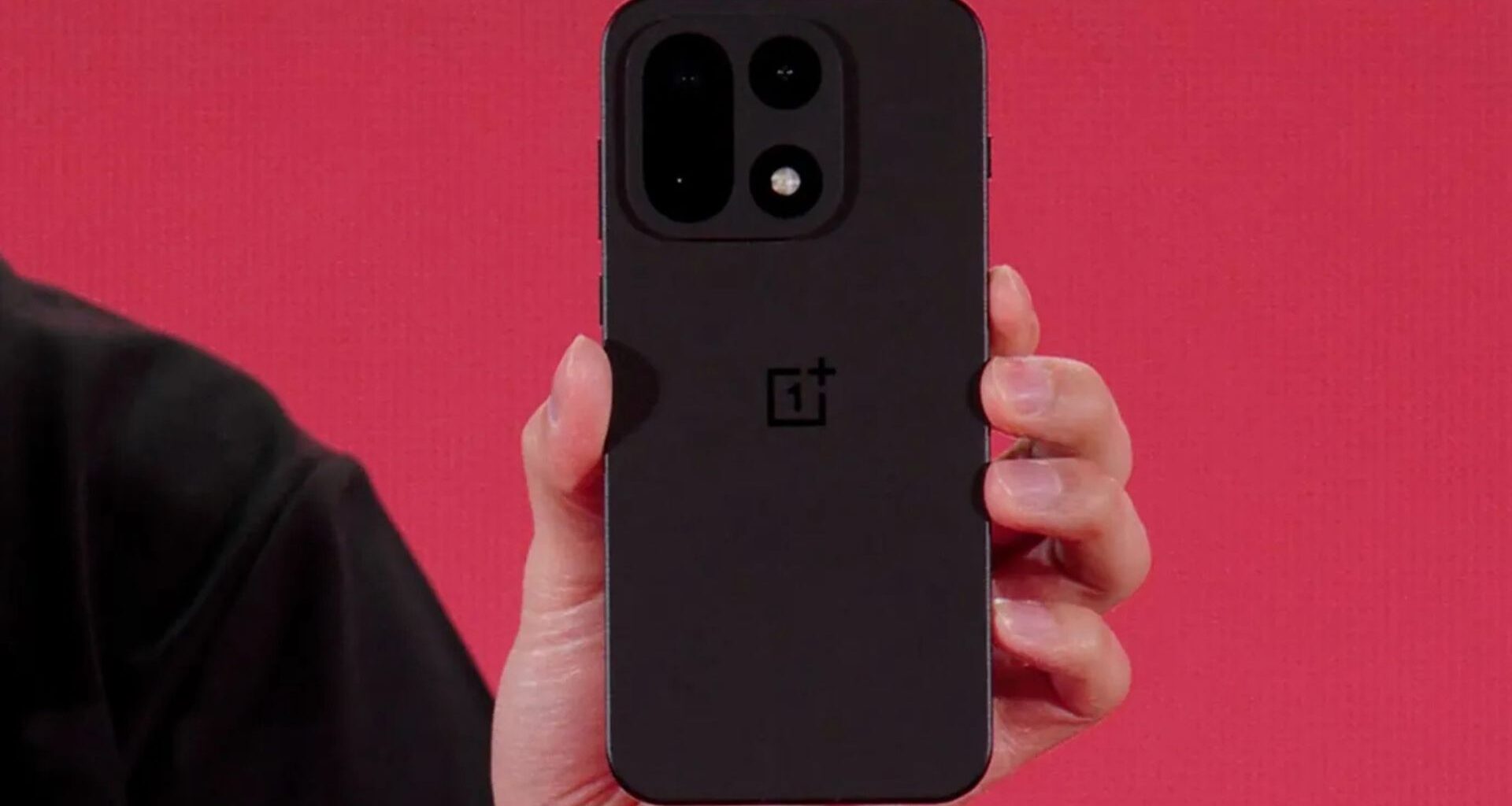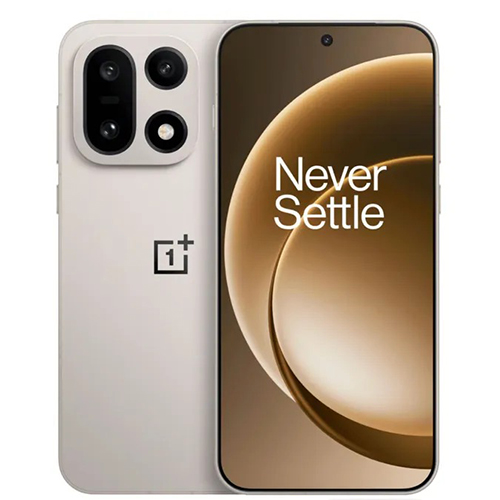
A battery pack like no other
The OnePlus 15 arrives with Qualcomm’s finest processor, a humongous battery, extreme waterproofing, and some of the best cameras. It offers all this in a very unassuming body, making it one of the best flagships you should be considering going into 2026.
ProsNew rear design looks slickIP69 ratingLatest Snapdragon Elite Gen 5 SoCMassive 7,300mAh batteryShips with Android 16ConsNot yet available in North America1TB variant might not be globally availableYears of OS upgrades lower than Samsung
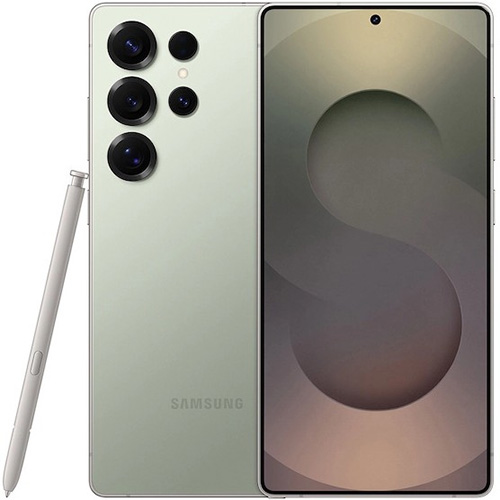
Still one of the best
The Samsung Galaxy S25 Ultra needs no introduction. It’s one of the best Android flagships in the market and has one of the longest software update commitments. The built-in S Pen stylus is still one of its most unique features which the OnePlus 15 lacks. It is more expensive though, but you get a lot for your money.
ProsBrighter, higher-res screenFantastic AI integrationSeven years of software and security updatesGreat camerasBuilt-in stylusConsHeavier than the OnePlus 15Comparatively slower charging speedsMore expensive
OnePlus 15 vs. Samsung Galaxy S25 Ultra: Design and display
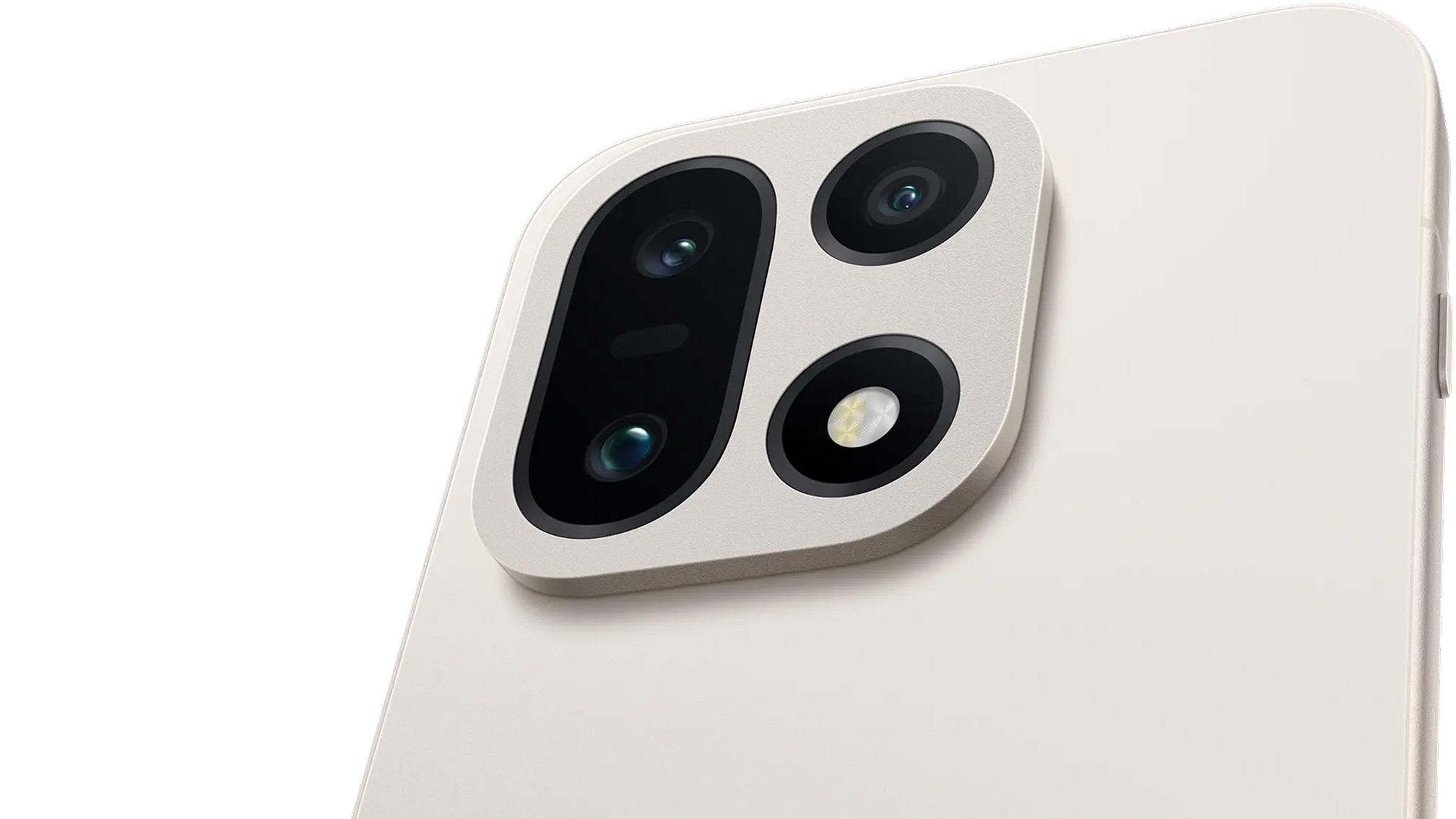
(Image credit: OnePlus)
The first thing you’ll notice about the OnePlus 15 is that the camera bump is no longer circular, but rather a square. Its predecessor’s design was quite unique, but the 15 resembles the OnePlus 13s or Oppo’s new Find X9 Pro. Neither of these phones is officially sold in the North American market, though, which makes the design of the OnePlus 15 stand out.
You may like
For a phone with a massive battery, OnePlus has managed to keep the thickness and weight comparable to the Galaxy S25 Ultra. As before, there’s also an IP69 rating for extreme waterproofing.
The OnePlus 15 also features a relatively large display of 6.78 inches. It features an LTPO AMOLED panel with a staggering 165Hz refresh rate and a pixel-dense screen. The resolution is still a bit lower than what Samsung offers with the S25 Ultra, though this shouldn’t really matter with regular use. The peak brightness is also lower, reaching a maximum of 1,800 nits. From what we’ve seen so far, the phone appears to have extremely thin bezels around the display, which enhances immersion when viewing content.
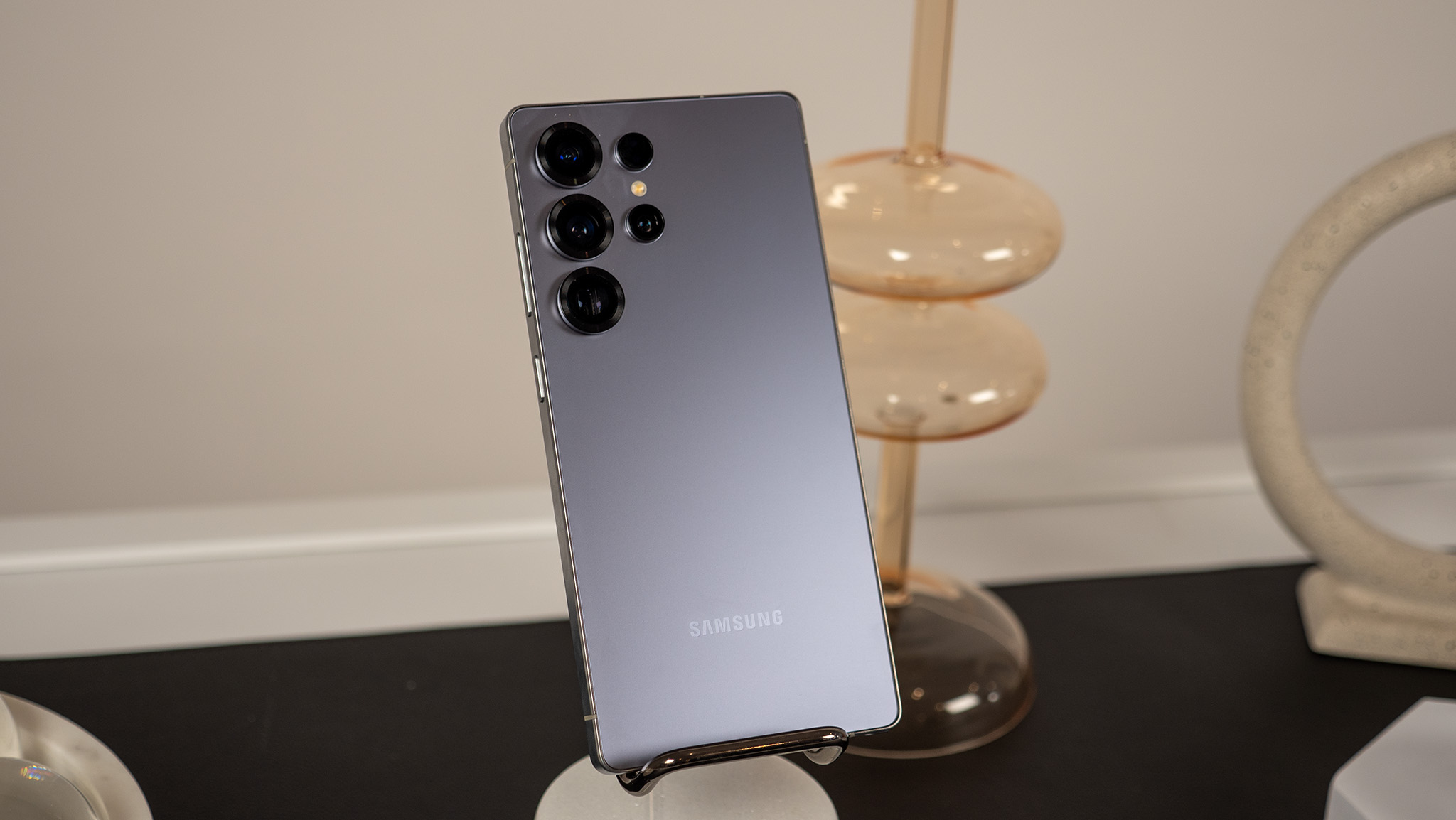
(Image credit: Nicholas Sutrich / Android Central)
The Samsung Galaxy S25 Ultra is physically larger than the OnePlus 15, both in thickness and weight. The more angular edges of the phone also make it more cumbersome to handle, especially for those with smaller hands. The IP rating is only IP68, which isn’t as comprehensive as the OnePlus 15 IP rating. You do get the S Pen with it, though, which is handy for jotting down notes or signing documents.
The Galaxy S25 Ultra features a larger 6.9-inch display compared to the OnePlus 15, along with higher brightness of up to 2,600 nits and a denser resolution. One unique feature that’s not present on most flagship phones is an anti-reflective coating over the display, which helps reduce glare and reflections significantly.
In terms of ergonomics and display quality, the OnePlus 15 should have an edge over the S25 Ultra. The gentler curves on the 15 should make it easier to live with, and the incredible refresh rate should come in handy when gaming.
OnePlus 15 vs. Samsung Galaxy S25 Ultra: Hardware and specs

(Image credit: Andrew Myrick / Android Central)
The OnePlus 15 should be the better phone for gaming. This is not just because it features a faster Snapdragon 8 Elite Gen 5 chip, but also due to the various software optimizations implemented in OxygenOS 16. The company is introducing a new Hyper Rendering technology, which is said to improve per-frame rendering efficiency by 80%. This, along with other on-chip optimizations, positions the 15 as one of the best smartphones for gaming.
The China variant offers 12GB and 16GB RAM options, as well as storage tiers that range up to 1TB. This could change with the global variant, so we’ll have to wait and see what the rest of the world gets.
The OnePlus 15 boasts a massive battery of 7,300mAh, which significantly outperforms the 5,000mAh capacity of the Galaxy S25 Ultra. Charging speeds of the China variant are as follows: 120W wired and 50W wireless. The charging speeds could also differ slightly in the global variant, so we’ll know what we’re getting soon enough.
The OnePlus 15 will launch in three colors called Infinite Black, Ultra Violet, and Sand Storm. There’s no word on the pricing yet till it officially launches on November 13, but expect to start at around $900, like its predecessor.
Swipe to scroll horizontally
Category
OnePlus 15
Samsung Galaxy S25 Ultra
OS
Android 16, (OxygenOS 16)
Android 16
Colors
Infinite Black, Sand Storm, Ultra Violet
Titanium Silver Blue, Titanium Black, Titanium White Silver, Titanium Gray, Titanium Jade Green, Titanium Jet Black, Titanium Pink Gold
Screen Size
6.78 inches
6.9 inches
Screen Resolution
2,772 x 1,272
3,120 x 1,440
Screen Type
LTPO
LTPO OLED
Refresh Rate
120Hz (up to 165Hz for gaming)
120Hz
Processor
Snapdragon 8 Elite Gen 5
Snapdragon 8 Elite
RAM
12GB, 16GB
12GB
Storage
256GB/512GB (not expandable)
256GB/512GB/1TB (not expandable)
Cameras
50MP main, 50MP ultrawide, 50MP telephoto, 32MP front
200MP main,
50MP ultrawide,
10MP telephoto (3x),
50MP telephoto (5x),
12MP front
Speakers
Stereo Speakers
Stereo Speakers
Battery
7,300mAh
5,000mAh
Wireless Charging
Yes
Yes
Bluetooth
6.0
5.4
Cellular
5G
5G
Size
161.42 x 76.67 x 8.2 mm (8mm for Sand Storm)
162.8 x 77.6 x 8.2 mm
Weight
211-215 grams
218 grams
The Samsung Galaxy S25 Ultra is not even a year old, which means it still has plenty of life left in it. In fact, Samsung plans on supporting it with OS upgrades and security patches for the next seven years. The custom Snapdragon 8 Elite chip in the Ultra is also plenty powerful for gaming and multitasking. In benchmarks and certain AI tasks, the new Gen 5 in the OnePlus 15 may surpass it, but most users should not notice a significant difference in day-to-day usage.
The Galaxy S25 Ultra can be equipped with up to 1TB of storage and features 12GB of RAM across its variants. The 5,000mAh battery might not be as large as the 15’s, but it’s nothing to scoff at either. In our testing, we were quite happy with the multi-day battery life it offered. Charging speeds are not the quickest either, but it gets the job done. The S25 Ultra is Qi2-ready, which means it can do magnetic wireless charging with the help of the right case.
The S25 Ultra comes in more colors, including some exclusive shades if you buy it via Samsung’s website. It still costs over $1,000, though, even with the small price reduction since its debut in January 2025.
OnePlus 15 vs. Samsung Galaxy S25 Ultra: Cameras
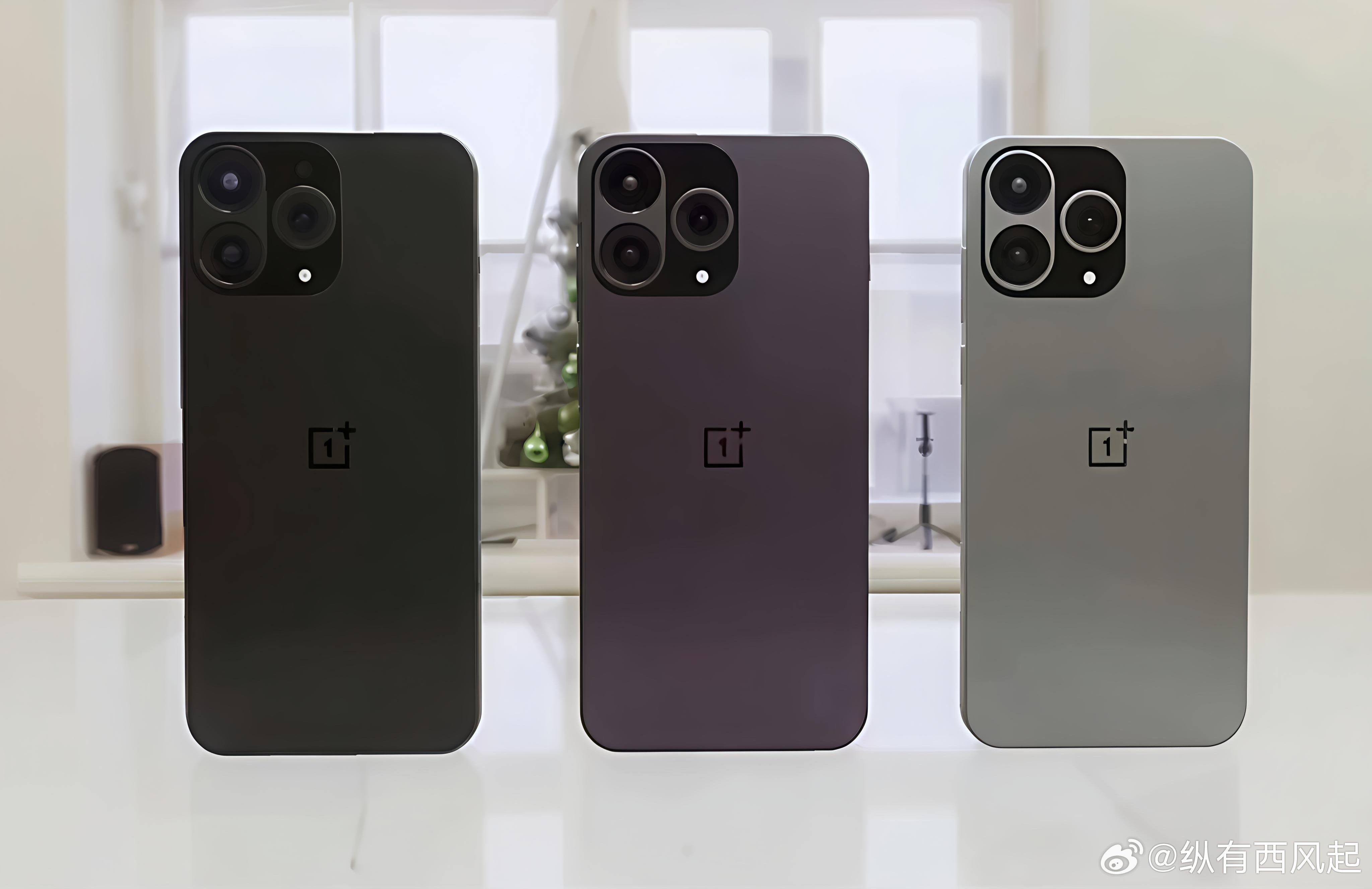
(Image credit: Weibo)
Over the years, OnePlus’ number series has typically had good primary cameras, but their selfie and secondary cameras have either hit or missed the mark, depending on the generation. With the OnePlus 15, the company ditches the Hasselblad branding in favor of its in-house DetailMax Engine. It’s still early days, but our initial experience with the OnePlus 15’s cameras shows a marked improvement in image quality, compared to its predecessor.
On the back, the 15 sports three 50MP sensors for the main, telephoto, and ultrawide cameras. Selfies are handled by a 32-megapixel camera. We will be testing the cameras further and have the full report in our review, so watch out for that.
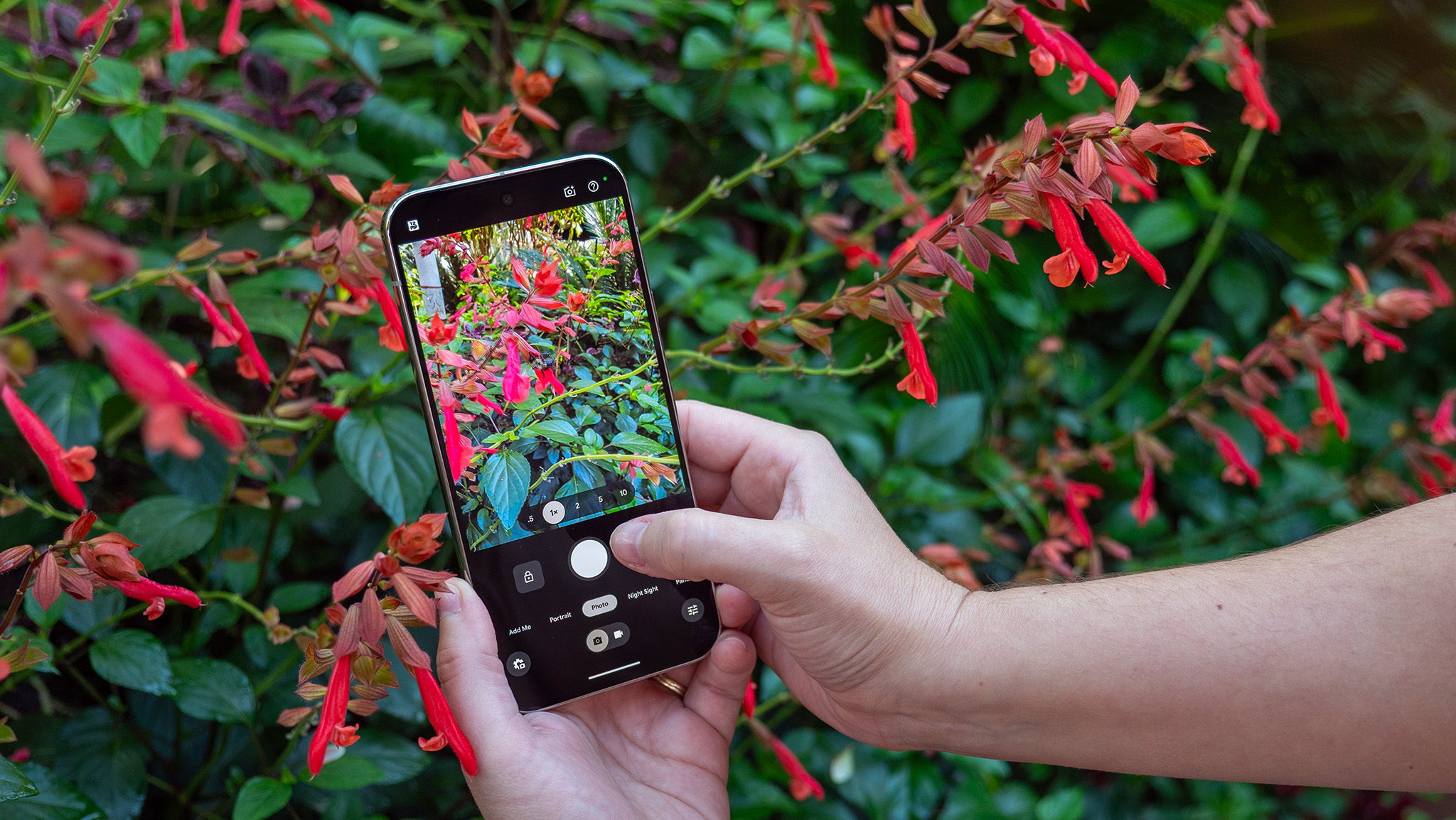
(Image credit: Nicholas Sutrich / Android Central)
Samsung didn’t make any major changes to the Galaxy S25 Ultra’s camera system from its predecessor, except for the ultrawide, which now has a 48MP sensor. Our previous issues with the Ultra series, like shutter lag, have also been reduced quite a bit, although there’s room for improvement.
It’s still one of the best phones for zoom shots, thanks to the dual telephoto system that allows it to reach a magnification of 100x. Image quality is generally good during the day and at night, and extra features like Expert RAW and Camera Assistant offer a great deal of flexibility for professional and amateur photographers.
OnePlus 15 vs. Samsung Galaxy S25 Ultra: Which should you buy?

(Image credit: Sanuj Bhatia / Android Central)
Personally, we’d pick the new OnePlus 15 for that massive battery, latest Qualcomm chip, and the IP69 waterproofing. With every SoC iteration, we get better performance and power efficiency, which means it’s a little less stress on the battery when doing intensive workloads like gaming or AI processing. Considering how on-device AI workloads on phones are only getting stronger with every passing year, it’s nice to know you have the hardware that’s capable of doing such tasks efficiently.
Long-term software support is something where OnePlus still has a lot of catching up to do, and if you plan to hold on to your purchase for more than four years, you would be better off with the Galaxy S25 Ultra. Seven years of updates is no joke, and that S Pen can be quite handy at times.
If you’ve made up your mind about spending more than $1,000, then I’d also suggest waiting till January 2026 to see what the Galaxy S26 Ultra offers. It’s expected to be much slimmer and lighter while offering the same (and more) features as the current-gen Ultra.

The best for power users
If you’re a heavy power user who multitasks, plays intense mobile games, travels, maybe even works outdoors, the OnePlus 15 is an option you should consider. It’s a premium phone that will likely come in at an affordable price.

Still the best for productivity
The Galaxy S25 Ultra will soon be replaced with the S26 Ultra in early 2026, but it’s still a great buy if you can find a good deal on it. You’re getting great performance, battery life, cameras, and a handy stylus.

